According to Cool Cosmos, one of the factors influencing the color of each planet is the material found on their surfaces.
Color plays an important role in how we perceive the world. Through our eyes, humanity can see a multitude of different shades. Countless colors surround us, from fiery orange leaves to deep red flowers, from snow-white to jet-black concrete, and so on.
However, when we view Earth from outer space, it sparkles like a sphere of two shades: blue and green. This is because Earth is composed of 71% water and has green vegetation on its surface. Not only our planet, but every other planet in the Solar System has its own unique colors.
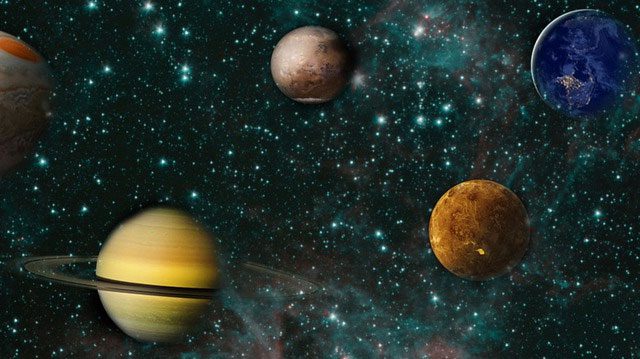
Each planet in the Solar System has different colors.
When we think about color, we see it merely as a visual cue. However, in reality, color is not a tangible object; it is a message transmitted between the brain and the human eye.
According to Pantone, color perception is how our brain interprets the ability to absorb light. Thus, while we perceive an apple as “red,” this is essentially just a message our eyes send to our brain indicating that the object—in this case, an apple—is reflecting a specific wavelength of light. Each object is recognized by our brain with a different color as a way to label the amount of light that object reflects On Earth, our light-sensitive cells can interpret about a million colors around us in all directions.
The color of a planet depends on the primary materials on its surface
According to Cool Cosmos, one of the factors affecting the color of each planet is the material found on their surfaces. For instance, the terrain of Mercury mainly consists of carbon-rich materials, specifically graphite, which is why, through telescopes, we can see that this planet appears gray. However, this gray is completely different from the gray of the Moon, as the Moon’s gray results from iron, not graphite.
Scientists suggest that the graphite deposits on Mercury are not only found on the planet’s surface. They may also lie beneath the planet’s crust, providing clues about what this planet looked like in the past.
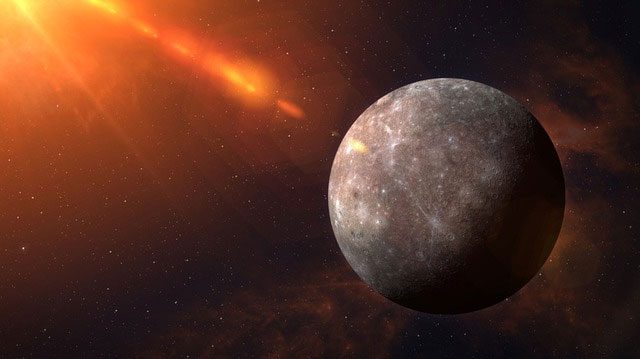
The terrain of Mercury mainly consists of carbon-rich materials, specifically graphite.
The planet’s atmosphere also contributes to its unique color
Like surface materials, the atmosphere also affects light reflection and absorption. This also contributes to the planet’s color. For example, the fiery orange and pale yellow hues observed on Venus are actually due to thick layers of carbon dioxide and sulfuric acid in its atmosphere.
NASA reports that Uranus appears a cool blue because it contains a certain amount of methane gas in its atmosphere. Interestingly, the methane on Uranus absorbs red light but reflects back into space as blue.
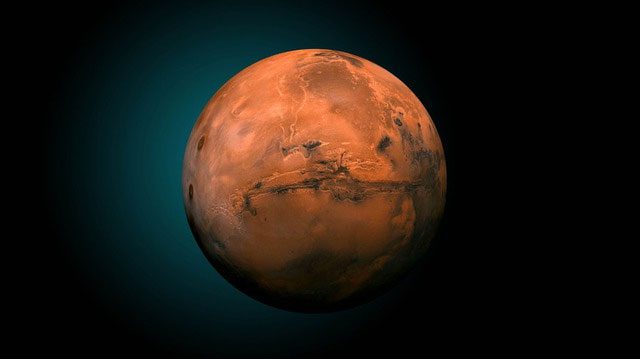
Mars appears red.
Speaking of red, we cannot forget Mars, the planet famous for its fiery red appearance. According to Space, Mars contains a lot of iron from its surface to its core, which many scientists believe is a result of its smaller size and weaker gravitational force compared to Earth. Under different circumstances, all that iron would make the planet appear gray. However, Mars has an atmosphere that, while thin, contains a certain amount of oxygen, which causes the iron to oxidize, turning the planet red.
Storms can also change a planet’s color
When we think about a planet’s color, we often assume that its colors are fixed and unchanging. However, because color is considered reflected or absorbed light, this means that severe storms on a planet can alter its color as winds move through the atmosphere. In other words, the color of a planet is not entirely fixed, especially when that planet is experiencing some unusual weather phenomena.
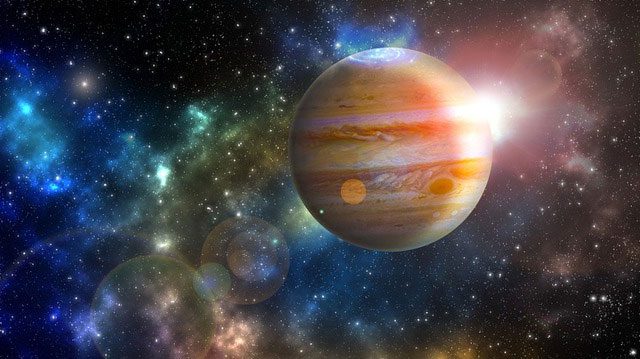
Severe storms on a planet can change its color.
According to Universe Today, this is precisely what is happening on Jupiter. A giant gas planet in the Solar System, it is also the planet with a relatively high number of storms. Consequently, this planet exhibits many colors that are not fixed. Business Insider reports that some parts of Jupiter are constantly affected by storms and color fluctuations, shifting from red to white depending on the temperature of the storm’s core.
The thickness of cloud cover and fog also affects the planet’s color
NASA reports that planets can have remarkably similar properties but still exhibit different colors, as seen with Uranus and Neptune. These two planets have nearly identical appearances in terms of material, mass, atmosphere, and even size.
Thus, one would expect them to have the same color when observed from space. However, they display different shades, with Neptune appearing blue and Uranus appearing cyan. Recent studies suggest that the difference is due to Uranus generating a thicker layer of haze that envelops the entire planet, making its blue appear duller, at least to the human eye.
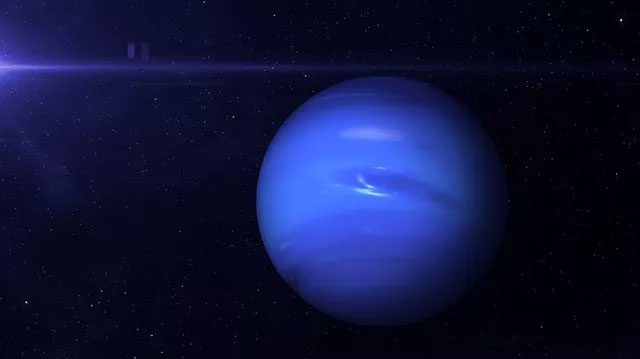
Neptune appears blue.
In reality, our ability to perceive light is limited due to the biological characteristics of humanity, which leaves us blind to many colors in the universe. According to NASA, our telescopes are designed to capture small parts of the infrared and ultraviolet wavelengths that are invisible to the human eye but can be seen by other Earth creatures like birds, frogs, and butterflies.
- However, even this advanced technology cannot capture the entire light spectrum, meaning all planets may have colors completely different from what we can see.
- The colors of exoplanets reveal whether they could be habitable or not?
- Is the sky on other planets blue like on Earth?
- Why do Neptune and Uranus have different colors?





















































